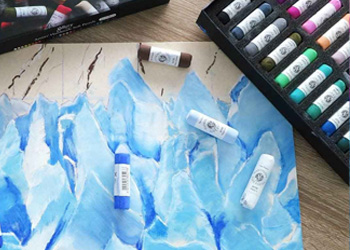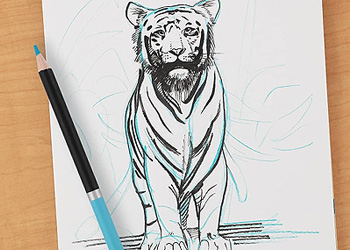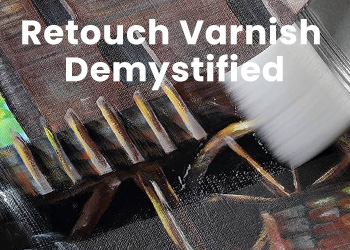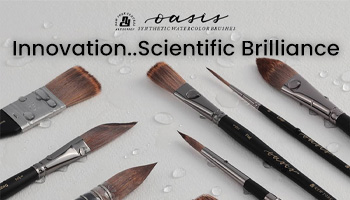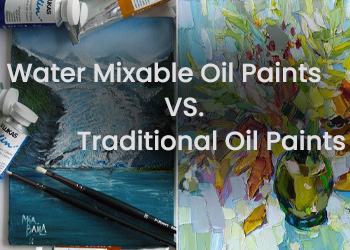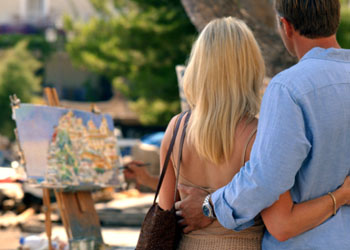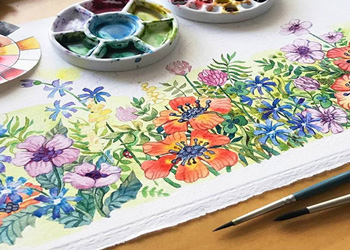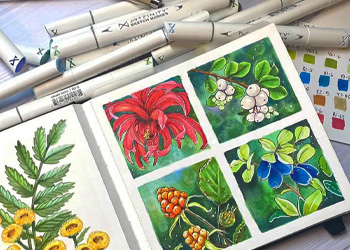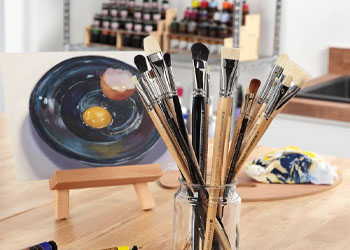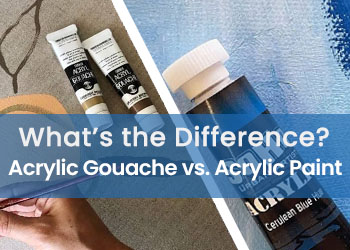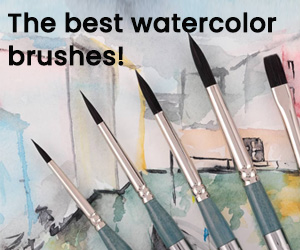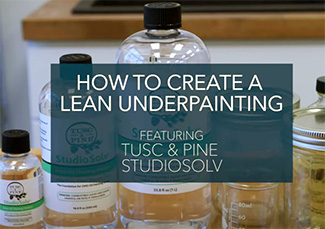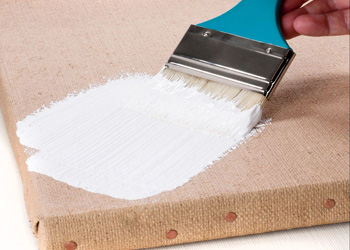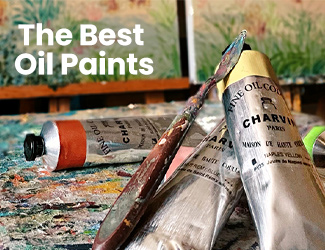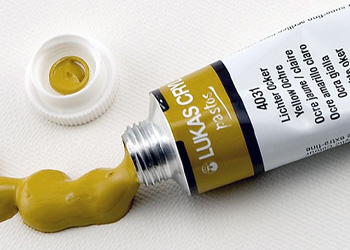Featured Videos
Understanding Different Types of Pastels and How to Use Them
Pastels are a wonderful medium for creating art that has a unique texture and feel. There are many different types of pastels to choose from, each with their own characteristics. In this article, we’ll explore the different types of pastels available and how to use them to create beautiful art. Soft Pastels Soft pastels are…..
Michael Marchetta -- 11/04/2024
What is a non photo blue pencil? Why use it?
Today we’re going to be talking about what’s so special about non-photo blue pencils, what is and why use it. Featuring: Cezanne non-photo blue pencils Article has a video and images What is a non photo blue pencil? Why use it? What makes this pencil unique is that it was specifically created for sketching before…..
Jerry's -- 21/03/2024
Retouch Varnish Demystified: Essential Tips and Techniques
Are you looking to enhance the vibrancy and longevity of your artwork? If so, you’ve come to the right place. In this blog, we’ll demystify the world of retouch varnish and provide you with essential tips and techniques to take your artistic creations to new heights. What is Retouch Varnish? Retouch varnish is a crucial…..
Michael Marchetta -- 12/09/2023
Innovation & The Technology Behind Oasis Synthetic Watercolor Brushes
A brush unlike anything you’ve seen before Hey there, fellow artists! Today, we’re taking a closer look at what makes Oasis Synthetic Watercolor Brushes stand out from traditional watercolor brushes. (Videos and more information seen below) Innovation: Designed and optimized with advanced 3D imaging tech! At the heart of Oasis Brushes lies a commitment to…..
Michael Marchetta -- 22/08/2023
Water Mixable Oil Paint vs. Traditional Oil Paint
Which is Right for You? Welcome to the world of oil painting! In this article, we’ll explore the fascinating differences between water-mixable oil paint and traditional oil paint, helping you make an informed choice for your artistic journey. Understanding Water Mixable Oil Paint: Let’s begin by discovering the magic of water-mixable oil paint. These innovative…..
Jerry's -- 18/07/2023
Exploring Artistic Destinations: Summer Travel Guide for Art Lovers
Welcome to our Summer Travel Guide for Art Lovers! As the warm breeze and sunny days of summer beckon, it’s the perfect time to embark on an artistic adventure. Whether you’re a seasoned traveler or a curious explorer, this guide will inspire you to discover captivating destinations where art and culture thrive. We will explore…..
Jerry's -- 14/07/2023
Different Types of Watercolor Paper and Their Unique Qualities
Exploring the Different Types of Watercolor Paper and Their Unique Qualities When it comes to watercolor painting, choosing the right paper is just as crucial as selecting the perfect palette of colors. The quality and characteristics of the paper can significantly impact the outcome of your artwork. In this blog, we will dive into the…..
Jerry's -- 21/06/2023
Level Up Your Art with Alcohol Markers: Pro Tips for Professional Results
Alcohol Markers are beloved by artists for their vibrant colors and ability to achieve professional-quality results. Whether you’re a beginner or an experienced artist, this article will provide you with essential techniques, pro tips, and inspiration to enhance your alcohol marker artistry. Understanding Alcohol Markers: Alcohol markers are an exceptional art tool that offers unique…..
Jerry's -- 21/06/2023
Synthetic vs. Natural Brushes for Oil Painting
Exploring the Differences: Synthetic vs. Natural Brushes for Oil Painting As a painter, you know how important fine art brushes are in achieving the desired effects in your artwork. However, with so many options available in the market, it can be difficult to decide between synthetic and natural hair brushes. In this blog article, we’ll…..
Jerry's -- 02/06/2023
Acrylic Paint vs. Gouache: What’s the Difference?
So what is the Difference…Acrylic Paint vs. Acrylic Gouache. The main difference is Acrylic paints include an acrylic polymer, whereas gouache contains Arabic gum, is water-based and dries to matte finish (the same that is used in watercolors–means that it can be reactivated with water). In this article, you will get a break down from…..
Jerry's -- 23/05/2023
The Best Watercolor Brushes
Exploring the best brushes, shapes and uses for watercolor painting: Unleashing Your Creative Potential Selecting the right watercolor brushes is crucial Watercolor painting is a captivating art form that allows artists to create mesmerizing works of art with delicate washes, subtle blending, and vibrant colors. To truly bring your watercolor paintings to life, selecting the…..
Jerry's -- 19/05/2023
Creating a Lean Underpainting for Your Oil Painting
You all know the rule – Fat over Lean – but how do you start an oil painting abiding by this rule? A lean underpainting is an essential technique in oil painting that involves applying a thin, transparent layer of paint to establish the basic structure and values of your artwork. This initial layer serves…..
Michael Marchetta -- 06/01/2023
How To Gesso A Canvas or Board for Painting
How to prime your own canvas and board for painting! Have you ever found the perfect painting surface — be it canvas, paper, panel, board, or even a wall– but it is bare and unprimed? Never fear! Gessoing a canvas or priming a board is an easy task to do yourself, and you wind…..
Jerry's -- 02/03/2022
The Best Oil Paints & Brands
A Guide To The Best Oil Paints Before we get started discussing and outlining the best oil paints and the best oil paint brands, it is important to understand that every artist has their own unique wants and needs when painting in oils. Oil Paints are a pleasure to paint with and have many benefits…..
Jerry's -- 07/01/2022
Buildup incredibly thick, multi-layered impasto style acrylic paintings
LUKAS CRYL Pastos Heavy Body Artist Acrylics: The Thicker, Heavier Impasto, Dries Fast (reliably in 15 minutes) to Work Quickly! LUKAS CRYL Heavy Body Pastos is a professional heavy body acrylic paint that uses only the finest pigments in full concentration and has proprietary properties for allowing incredible impasto impressions. Uniquely dries from the inside…..




